In case you missed it, part 1 is here.
In short: Friends and family have been answering the question “What is the perfect Christmas song?” And I’m giving you the insight into their answers.
Here’s some more!
Angels We Have Heard On High
GLOOOOOOOOOOOOOOOORIA…
The shepherds are an occasionally-forgotten part of the nativity story. Some nativity sets (looking at you, Fisher Price) have even left them out. But they’re important! The lowest of society being the first to hear the good news. And, as I mentioned last week in this newsletter, hearing it in the scariest fashion. A sword wielding fiery angel shows up and says “guess what?!” When you really think about it, this song is about one of God’s most cinematic moments.
The friend who selected this carol specifically cited the melody (rather than how wild of a night the shepherds had) as her reasoning, and it’s hard to disagree with that as well. Is there a more iconic melisma? Or an easier-to-cite example of melisma when you’re teaching a music class what melisma is?
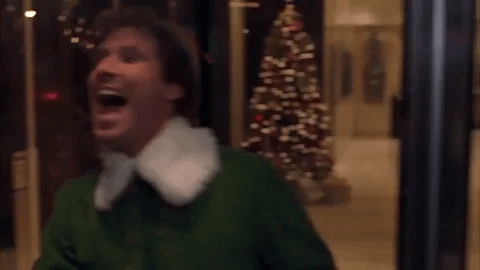
Have Yourself A Merry Little Christmas
If you choose to sing this song, I tend to think you should perform it authentically. Meaning, as soon as it’s over you should go and cathartically beat up some snowmen.
Like White Christmas this song wasn’t written for a fully “Christmas” movie. The Judy Garland flick Meet Me In St. Louis starts and ends in the summer, and is so cheerful that Have Yourself a Merry Little Christmas almost didn’t make it in - Vincente Minelli found it too depressing. But, lyrics were changed and once it no longer began like this:
Have yourself a merry little Christmas, it may be your last…
It was kept in the film.
Also like White Christmas, it was a favorite of soldiers in World War II, showing that the Decca record label really had a monopoly on the military market.
Silent Night
This one could be an entire newsletter entry unto itself.
Fr. Joseph Mohr wrote the poem in the aftermath of the Napoleonic Wars, and one Christmas Eve he decided he wanted a new hymn for his church. So, he brought the poem to his friend Franz Gruber, who took about an hour or two to write out the song we know and love. That’s it! A poem from a priest’s journal, and a friend who knew how to write 4-part harmony, and a couple of hours of helping each other out. And two centuries later it still leaves tears in our eyes.
The story often told is that the church’s organ wasn’t working that year, but that’s not actually confirmed by any historic record. Mohr was a guitar player, so it’s equally likely that he just wanted to play along with the new carol. Regardless, imagine the result. Christmas Eve, 1818, sitting in the Church of St. Nicholaus in Obendorf, Austria. The priest comes out with a guitar, and you wonder what nonsense is about to arrive. But then you get to be the first congregation to ever hear Stille Nacht.
It’s fairly remarkable for a nearly universal appeal. It works in seemingly every country, having been translated into over 300 languages. And it was famously the source of a short cease fire between thousands of soldiers during World War I.
I’ll Be Home For Christmas
On December 18, 1965 when Gemini VII was returning to Earth after executing what was then the longest space flight ever, NASA Mission Control asked astronauts Frank Borman and Jim Lovell what music they would like to hear during this precarious part of their mission. They chose I’ll Be Home For Christmas.
Similar to White Christmas, I’ll Be Home For Christmas was popularized by Bing Crosby during World War II, and has been a favorite of soldiers serving overseas ever since. The song was also used for astronaut wake up calls in the Christmas season for several Decembers in a row, starting in 1999. Plus it was used on July 1 in 1993 after the shuttle’s landing had been delayed several times, so Mission Control wanted to send some reassurance.
O Come All Ye Faithful - THE CHORD
For those of you who aren’t complete nerds, you should know that there are those of us who wear a tee shirt with one chord from this song. Just one chord. The New York Times even covered it. It’s near the end of O Come All Ye Faithful and it’s not even on the last verse.
Find it at the 4:00 mark.
The Christmas Waltz
“Frank wants a Christmas song.”
That what Jule Styne said to Sammy Cahn over the phone, during an LA heatwave in 1954. Cahn was adamant that there was no reason to write another Christmas song, even for Frank Sinatra, as White Christmas would never be topped. Styne simply repeated, “Frank wants a Christmas Song.”
Conveniently, Styne had already written a waltz melody, which didn’t yet have words attached. So Cahn asked him, “has there ever been a Christmas waltz?”
While the song was written for Sinatra, it’s Mel Torme who earned an extra verse out of the writers for his jam-packed 1992 Christmas album.
As a footnote on Jule Styne, the Funny Girl composer had another Christmas gem that seems a bit lost in all the many adaptations of Dickens’s A Christmas Carol. The songs in Mr. Magoo’s Christmas Carol are delightful.
O Holy Night
I’m here to share information, not declare a winner, but this is probably the winner. The song that set off the whole conversation, and had a pretty universal “oh yeah that’s the one” reaction every time I mentioned it.
But for all of the tears it tends to draw, this song has always had its haters.
In 1847, wine maker Placide Cappeau was invited to write a poem in honor of the new stained glass windows at his parish church in Roquemaure. A friend of a singer at the church, composer Adolphe Adam, would set it to music for Christmas Eve. But time was a factor, so Cappeau wrote Minuit, chrétiens during a 6-hour stagecoach ride to Dijon to hand the manuscript directly to Adam. The result was emphatic, if you translate it directly.
Midnight, Christian! It is the solemn hour when the Man-God descended unto us…
Adam’s setting, which he wrote in a few days, doesn’t really fit with the exclamation points in the text. But it does retain Cappeau’s abolitionist views which, again, are emphatic.
Chains shall He break, for the slave is our brother;
And in His name all oppression shall cease.
After that midnight mass in Roquemare the song eventually swept across France. That was December 24, 1847. Just two months later King Louis Philippe abdicated and fled Paris, as the February Revolution took place. Because of its words and its timing, O Holy Night (Cantique de Noel) was later called a “religious Marsellaise” - sung in churches across the country, as well as in taverns.
Church leaders were not thrilled. It was described as having a “militant tone and dubious theology.” They campaigned to keep it out of hymnals (note that it’s still not in them today). Cappeau was slandered as a drunk. Adam’s name was included on an antisemitic list of “Jewish composers seeking financial gain.” (beside the point: Adolphe Adam was not Jewish). In 1936, Canada banned the song from churches, along with most well-known settings of Ave Maria.
Even now, I still annually come across articles about why we shouldn’t perform this song. Claims that Cappeau and Adam were atheists are always poorly researched (they both attended church), and don’t really take away anything from the feeling you get when you hear the words “fall on your knees.” And the other common argument, that “the song is wrong because the night wasn’t holy, the baby was” blows me away.
I’m not a theologian, but I know enough about the story to be sure that there was enough holiness to go around that night.
Thankfully despite the know-it-alls, O Holy Night lingers on. It became popular in the northeastern USA during the Civil War, given its abolitionist message. And in 1906 when Reginald Fessinden was testing his radio signal, the audio engineer/amateur violinist made it the first piece of music ever broadcast. And like Silent Night, it is credited with a Christmas ceasefire (during the Franco Prussian War).
I’ll admit that some years on Christmas Eve when those rolling chords start on the organ I think “ah, this again.” But then I’m swept in. It never misses! When we returned to church in 2020 and I heard “a thrill of hope, the weary world rejoices” and I felt the tears coming. My sister reported the same thing - her mind immediately went to that circulating news video of the first vaccine recipient. “For yonder breaks a new and glorious morn.”
In Conclusion
I have a long list of honorable mentions, including Once in Royal David’s City, Lo, how a rose e’er blooming, and many, many more. But I’m already past the “email size limit” on this here substack. So, I hope you enjoyed all the fun facts and maybe feel a bit of the Christmas Spirit.
-Colleen







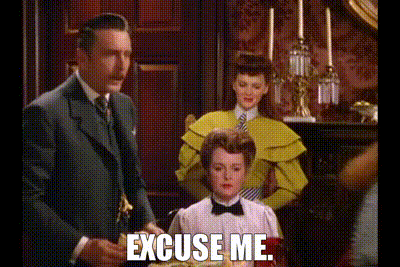

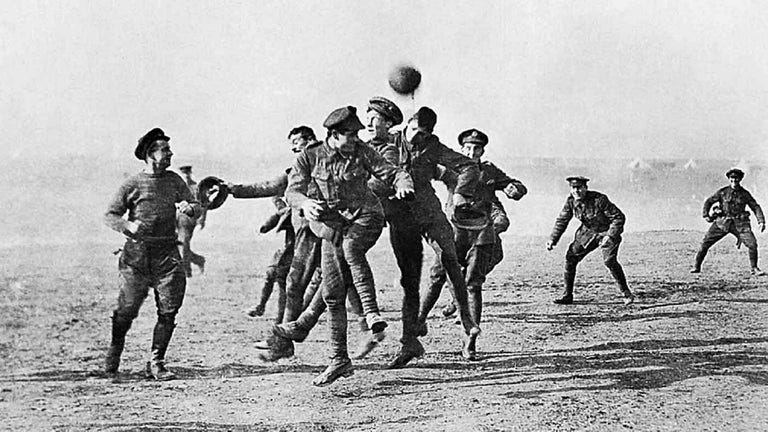
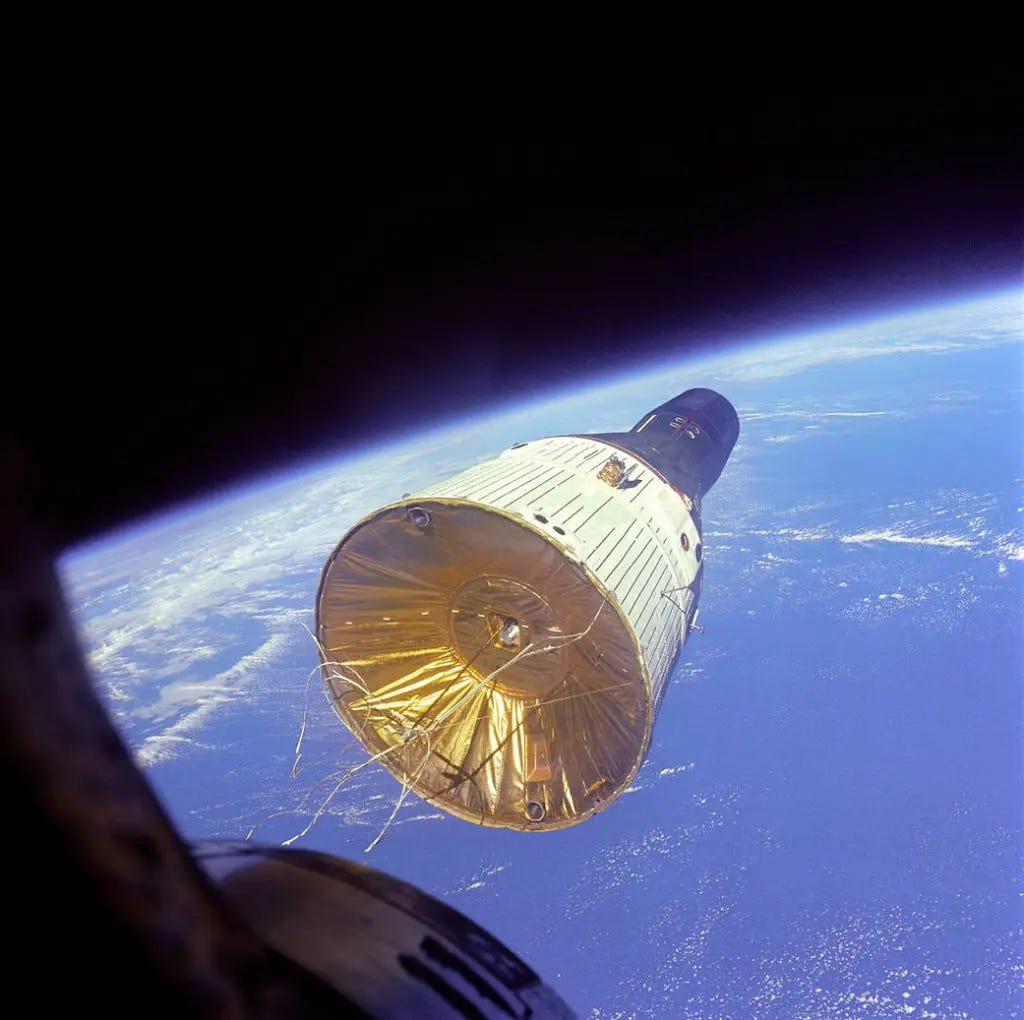
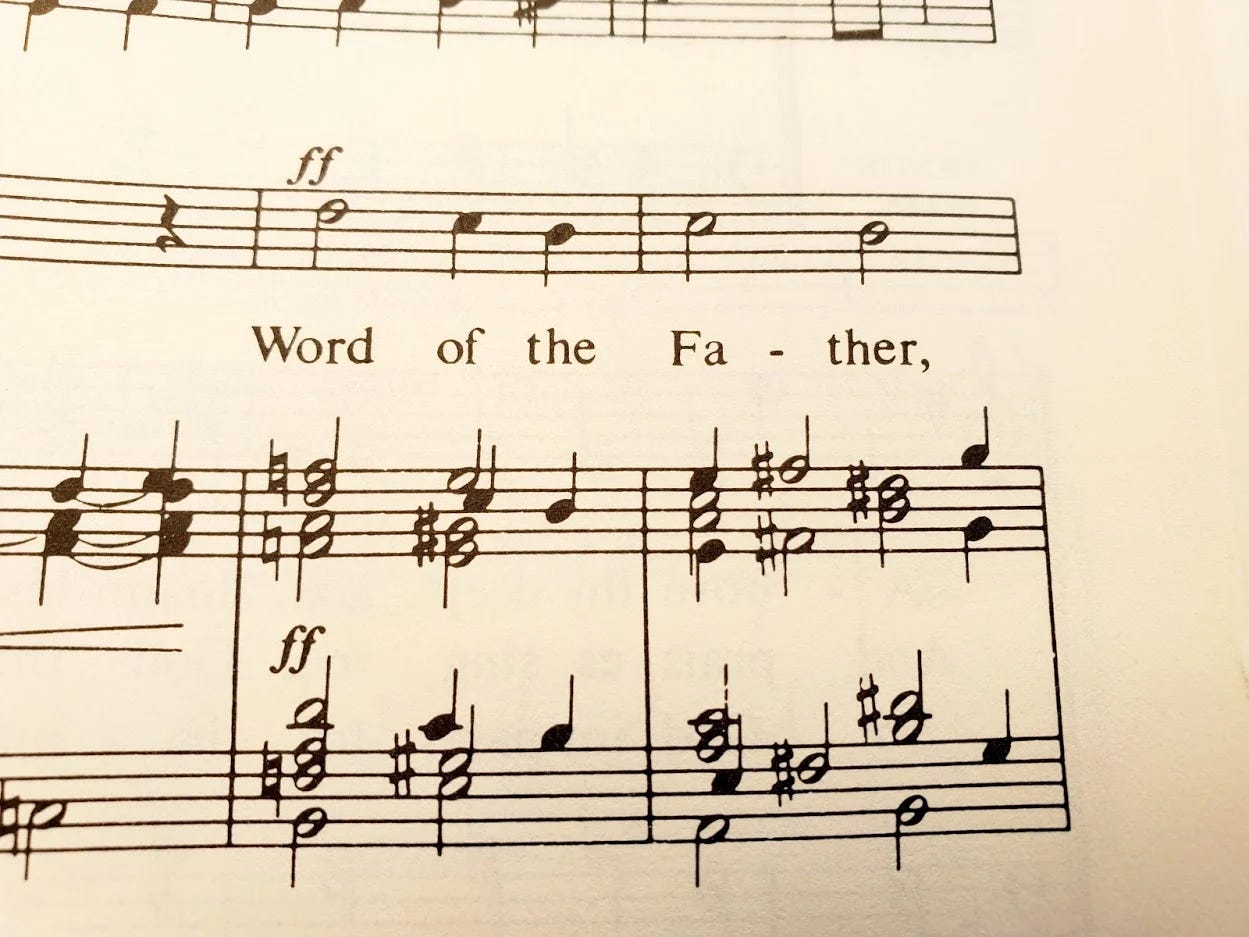
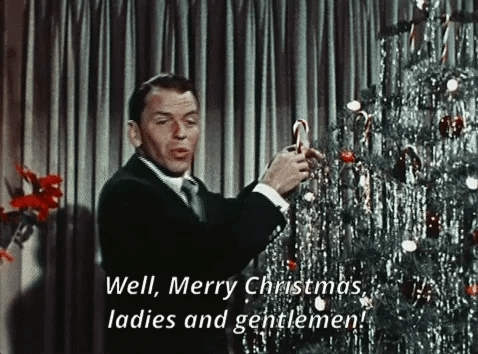



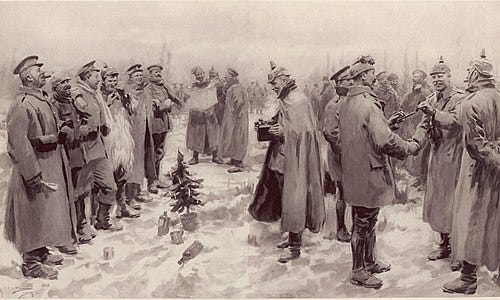
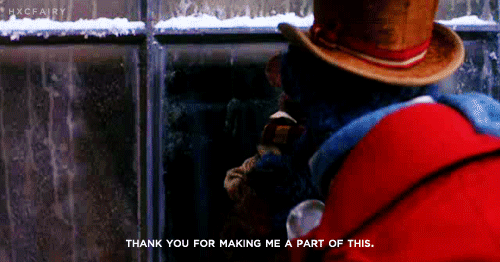
I have so many seasonal favorites, but I can’t argue with O Holy Night. In my childhood church, the same man sang it as a solo every year—so in my mind, the best version is Bill Strope from my memory. But so many great songs!!